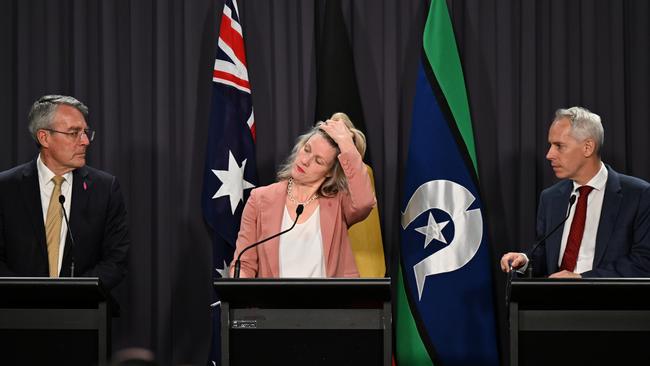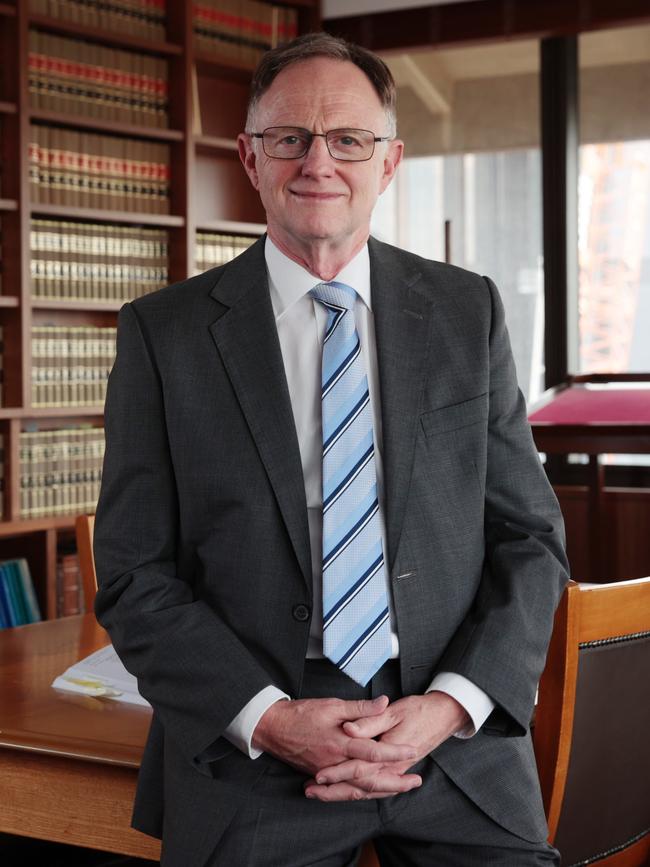New preventative detention regime a legal minefield

The courts will determine who is detained, and the High Court will resolve constitutional challenges to the new laws. As a result, what happens next lies beyond the reach of parliament. Even though the government has done what it can to shield its new preventative detention law from constitutional attack, there is a real prospect the law will be struck down. This would herald a fresh set of legal and political dilemmas in 2024.
The High Court ruled in the NZYQ case that non-citizens cannot be detained indefinitely once there is “no real prospect of removal from Australia becoming practicable in the reasonably foreseeable future”. The finding was unanimous and required compliance. The plaintiff and anyone in a like position had to be released unless a fresh law was enacted to permit their detention on other grounds.

The first law passed in the immediate aftermath of the High Court decision introduced a strict visa regime for people released from indefinite detention with new controls and impacts upon their liberty. This includes the requirement that, unless the minister is satisfied the person does not pose a risk to the community, the person wear an electronic monitoring device at all times and comply with a curfew between 10pm and 6am each day.
This law was met with the immediate announcement of a High Court challenge. It will be argued that the visa conditions mandate a form of detention, especially the curfew covering a third of the day. The question then will be whether this can be justified as an act of community protection or if it amounts to punishment. It will be unconstitutional if it amounts to punishment because under the separation of powers this can only be imposed as a result of a finding of criminal guilt in a court.
A second law was passed on the eve of parliament shutting down for the year. It goes further in establishing a regime to enable non-citizens released from indefinite detention to be re-detained in prison. Preventative detention is highly contentious because it enables people to be deprived of their liberty not because of something they have done, but because of an assessment of what they might do. The practice has been criticised as unjust and flawed because of the difficulty of predicting future behaviour.

In 2021 the High Court dispelled doubts about the ability of the federal parliament to impose preventative detention by upholding a scheme for high-risk terrorist offenders. It enables people convicted of serious terrorism offences to be held beyond their prison sentence due to the risk they will reoffend. The High Court upheld the law after recognising that “terrorism poses a singular threat to civil society”.
Judges compared the scheme to the necessity of detaining a person suffering mental illness who might otherwise commit harm. In both cases preventative detention was for community protection rather than punishment.
The terrorist offender law provides the template for the new preventative detention law aimed at non-citizens released from indefinite detention. Core aspects of the two regimes are identical, including that detention applies only to people convicted of a serious crime punishable by up to seven years in jail, and can be ordered only where there is no less restrictive measure available. A court can order detention for up to three years if it “is satisfied to a high degree of probability, on the basis of admissible evidence, that the offender poses an unacceptable risk of seriously harming the community by committing a serious violent or sexual offence”.
This test requires an assessment for each person by a court, meaning the government cannot know how many people will be detained. The difficulties of satisfying the test should not be underestimated. It is one thing to find evidence showing dangerousness on the part of a person serving a prison sentence for a terrorist crime proven in Australia. It is another again to marshal admissible evidence on an asylum-seeker who may not have been convicted in Australia or who completed their prison sentence years before. It may be hard to convince a judge there is a high probability that such a person represents the level of serious risk required.

There is also the likely prospect that the new preventative detention law will be challenged in the High Court. The law is well based on the existing regime for terrorist offenders, but parliament had no choice but to make several modifications to fit the law to non-citizens released from indefinite detention. These modifications provide an opening for attack.
Changes include extending the regime to people convicted in overseas courts, including in countries with a record of political or unsafe convictions. The new law also applies to people who are no longer in custody, and indeed who may have finished their prison sentence years before. The crimes encompassed by the new law are also broader and less serious than the catastrophic community-wide harm the High Court recognised can result from terrorism.
How the High Court views these issues will be another test of where it stands on preventative detention. It would be no surprise to see aspects of the new laws struck down and yet another frenzied period of political debate and lawmaking.
George Williams is a deputy vice-chancellor and professor of law at the University of New South Wales.







Now parliament has imposed a new regime to detain, control and monitor non-citizens released from indefinite detention, attention will turn to the courts.